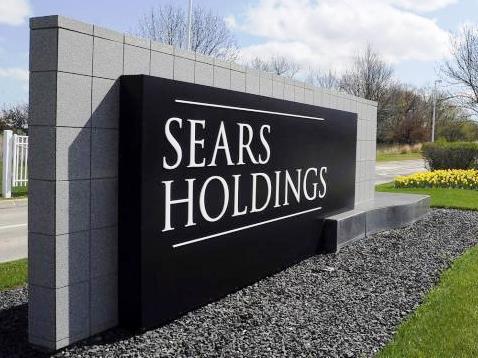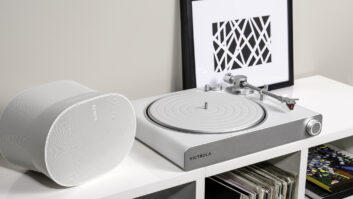
Hoffman Estates, Ill. — Lower costs, higher gross margin rates, and changes to its CE and other business models helped Sears Holdings trim its fiscal fourth-quarter losses.
The company reported a net loss of $159 million for the three months, ended Jan. 31, compared with a year-ago net loss of $358 million. It was Sears’ 11th consecutive quarterly loss.
Revenues fell 24 percent to $8.1 billion, due largely, said chairman/CEO and majority shareholder Edward Lampert, to the separation of Sears Canada, the spin-off of Lands’ End and the closure of hundreds of underperforming stores.
Comp sales declined 4.4 percent, reflecting a 2 percent decrease at Kmart and a 7 percent decline at Sears stores, due primarily to CE industry trends. Excluding its CE business, comps at Sears stores would have declined 4.6 percent, the retailer said.
In an open letter to investors, available here, Lampert acknowledged that the company has experienced “significant losses” in CE since 2010, but is making material changes in the category’s business model, as it is in other poorly performing areas.
Within CE, the company is remerchandising the category around a connected-home strategy under recently named connected solutions and CE president Ryan Ciovacco, and is opening hundreds of Connected Solutions shops to support it.
In an earnings presentation, Sears said its CE initiatives are “focused on building partnerships to increase margin and mitigate risk.” To that end, the company is also adding new CE categories and brands through vendor partners while creating a dedicated in-store presence for goods from its third-party Marketplace sellers.
Plans also call for vendor-funded in-store shops featuring key brands, while the store-in-stores are being remerchandised to maximize the exposure and presence of its most relevant brands, Sears said.
In addition, the company said it is building new scan-based trading relationships to expand its assortment while mitigating risk.
Lampert said sales may “dampen” during the transition, but the new approach should also reduce the risk of material profit declines.
The strategy supports a renewed focus on profitability, which takes precedence over revenues, market share “and other metrics which relate to but don’t necessarily drive profit,” the hedge fund owner said.
For the full year, the net loss totaled $1.7 billion compared with a prior-year net loss of $1.4 billion. Revenues fell 14 percent to $31.2 billion, and comps declined 1.8 percent, reflecting a 1.4 percent decrease at Kmart and a 2.1 percent decrease at Sears stores. CE again led the decline, which was offset at Sears stores by improved majap performance. Majaps also helped boost the chain’s gross margin rate in the fourth quarter.
On the appliance side, which Sears considers one of its “best and most important categories,” the company is reinforcing its position as one of the leading U.S. majap retailers; will launch innovative products with exclusive features under the private-label Kenmore brand; and is expanding its white-goods assortment both in-store and online.
Lampert said he will continue the company’s digital transformation “from a series of brick-and-mortar locations that sell products into an integrated retailer,” and noted that other business sectors from banking and media to professional sports are also facing fundamental change due to digital disruption.
To stay ahead of the curve, Sears is investing in its mobile-commerce platforms, and is installing e-commerce kiosks and digital signage in its stores, he said.
As previously reported, the company is also preparing to separate out its brick-and-mortar holdings by forming a real estate investment trust (REIT). The REIT would purchase upward of 300 Sears and Kmart locations for an estimated $2 billion and sublet sections of the stores to other retailers to generate traffic and reduce Sears’ physical footprint, as it has already done in select locations.
Lampert added that Sears has repeatedly been written off in the past, citing a 14,000-word eulogy by a Chicago business journal in 1988. Since then, virtually all of the companies that Sears was supposedly trailing are gone and forgotten, he observed.
Sears was also supposedly destined for the dust bin in the 1920s, he said, when it controversially began building stores to supplement its core catalog business in advance of a population shift from the country to the cities and the suburbs.













